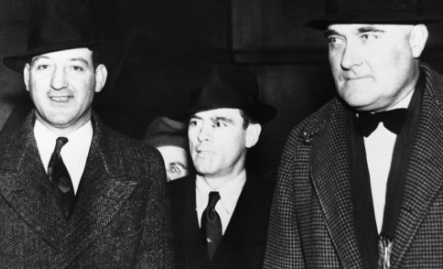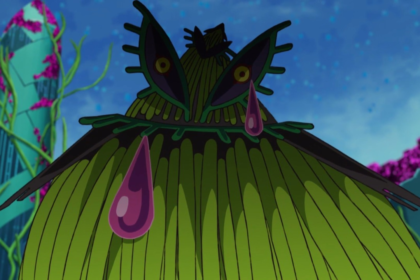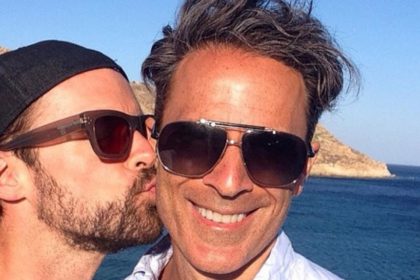John Paul Chase was an American bank robber and Depression-era outlaw. He was a longtime criminal associate of the Karpis-Barker Gang and most notably Baby Face Nelson, who later brought him into the John Dillinger gang. Take a look below for 26 more bizarre and weird facts about John Paul Chase.
1. FBI Director J. Edgar Hoover once referred to Chase as, “a rat with a patriotic-sounding name.”
2. Chase and Nelson continued to rob banks with John Dillinger until Dillinger’s death in July, 1934.
3. After the death of Nelson in November, 1934, Chase fled back to California where he was arrested a month later on December 27, 1934.
4. Chase was sent to Alcatraz where he became one of the longest-serving inmates.
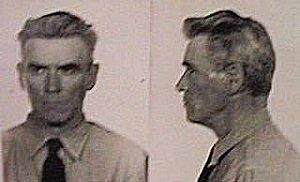
5. Chase was born in San Francisco, California, on December 26, 1901.
6. He left grade school to work on a ranch and later became an assistant machinist in a railroad yard.
7. In 1926, Chase was fired from the railroad and was hired as a chauffeur for a professional gambler in Reno, Nevada.
8. He spent the next few years as a bootlegger in Sausalito, San Rafael and San Francisco, but was not involved in major crime until his association with Baby Face Nelson in the early 1930s, possible in March, 1932.
9. Little is known of his first meeting with Nelson, however, a popular story claims that Chase was the wheel-man in a contract murder that Nelson carried out in Reno.
10. It’s generally agreed among crime historians that Reno was the most likely place where the two first became partners, Nelson having connections in the local underworld and frequently hid out there while in Chicago and the general Midwest.
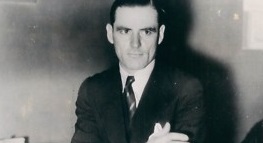
11. On October 23, 1933, Chase and Nelson robbed their first bank together in Brainerd, Minnesota, escaping with $32,000. Along the way, they picked up a number of other outlaws including Charles Fisher, Tommy Carroll, and Homer Van Meter.
12. Chase’s first confirmed robbery with the Dillinger gang occurred on June 30, 1934, when he joined Dillinger, Nelson, Van Meter and two others in robbing a bank in South Bend, Indiana for $29,890.
13. Chase was known to FBI Director J. Edgar Hoover, presumably for his involvement in the murder of Cowley and Hollis.
14. Hoover personally intervened in his first parole hearing in 1950, which was rejected on the basis of his objection, and ordered the surveillance of the prison chaplain who supported his parole.
15. In a memorandum to his field agents, Hoover wrote, “Watch closely and endeavor to thwart the efforts of this priest who should be attending to his own business instead of trying to turn loose on society such mad dogs.”
16. Chase was the first person sent directly to Alcatraz prison, where only Alvin Karpis was there longer than Chase’s nearly 20 years.
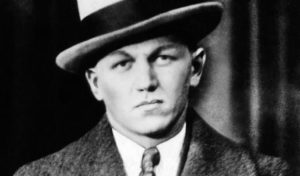
17. While incarcerated at Alcatraz prison, corrections officer Frank Heaney would later recall in his autobiography, “Inside the Walls of Alcatraz,” that Father Clark, the prison’s Catholic chaplain, first got him interested in painting.
18. At one point during his stay, the prison had an art instructor who came over from San Francisco to teach the formal techniques of painting.
19. Chase made a famous painting of a boat, the “J.P. Chase” leaving for San Francisco, with the viewpoint being from the island.
20. Chase had paintings displayed in the prison and small art galleries, and often sold them.
21. At Alcatraz, he worked as a cobbler and was put under the personal guard of Frank Heaney, the youngest corrections officer at the prison during its operation.
22. In September, 1954, Chase was transferred to Leavenworth, where his second appeal for parole was once again rejected due to Hoover’s efforts.
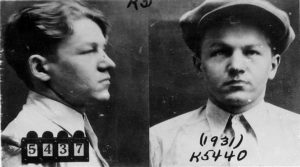
23. Hoover had announced that he would prosecute Chase for the murder of Hollis were he to be released, but this was vetoed by a federal judge who ruled that a 21 year delay in prosecuting the crime clearly violated Chase’s constitutional right to a “speedy trial.”
24. Chase remained in prison for another decade before he was finally released on parole, despite Hoover’s protests, on October 31, 1966, after 32 years, and moved back to the Bay Area.
25. Chase worked as a custodian in Los Altos, California, until his death from cancer on October 5, 1973.
26. He outlived Hoover by one year, five months, and three days.

